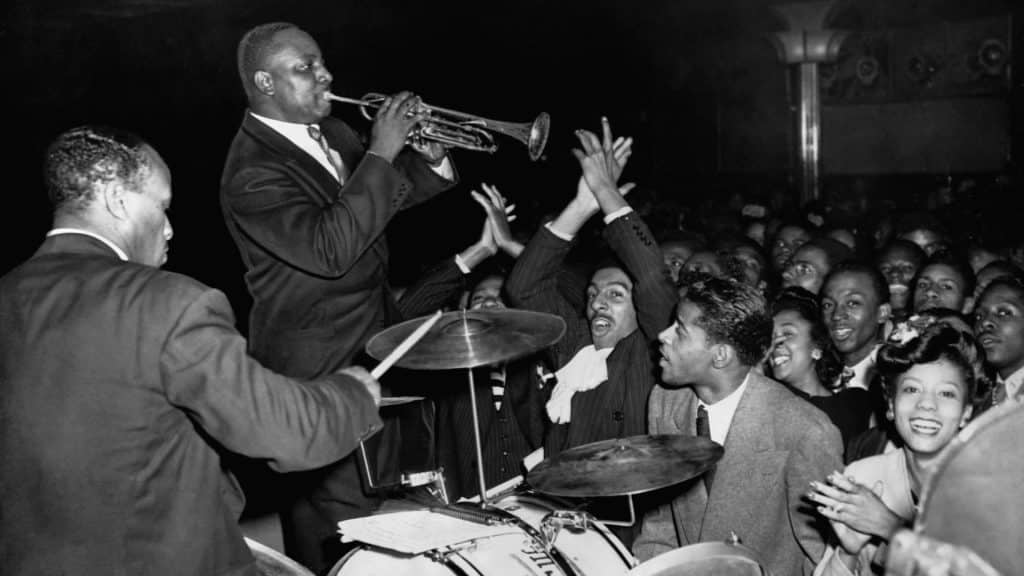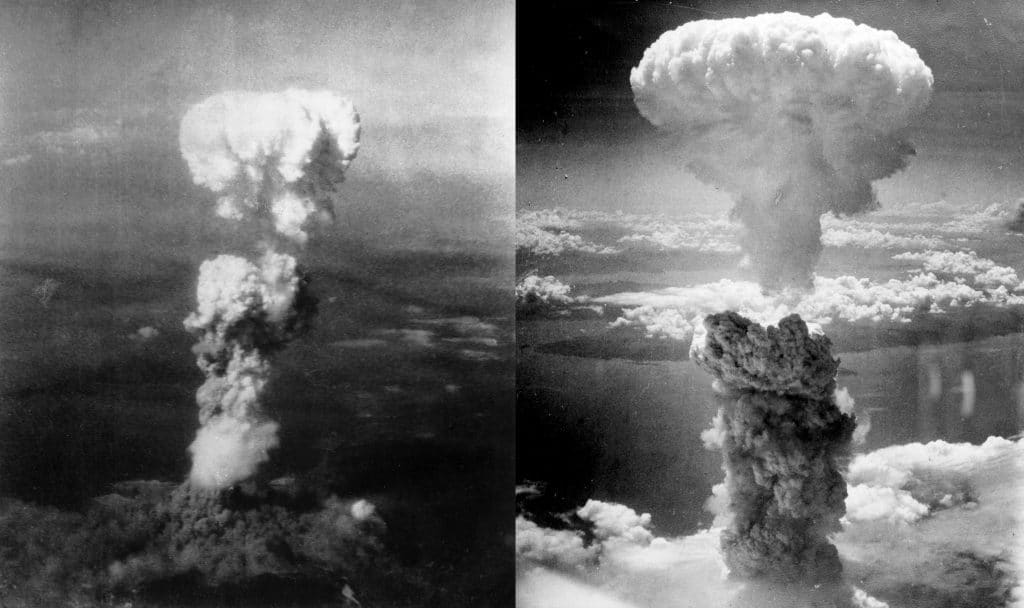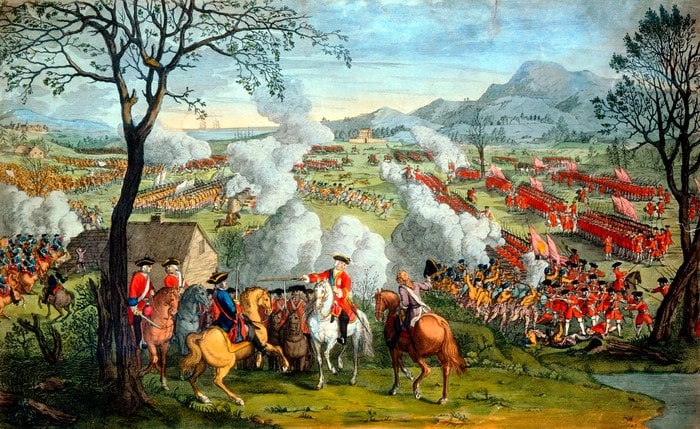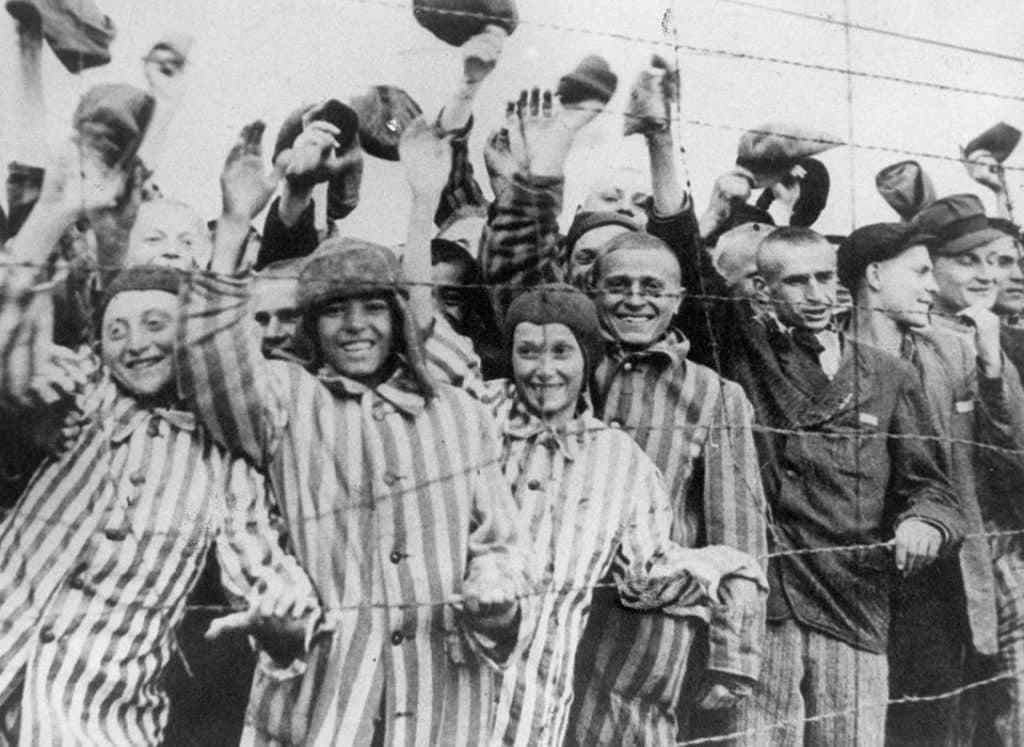10 Fascinating Historical Events That Start with H
History is full of attractive moments that have shaped our world. However, some events are well-known, while others are hidden gems waiting to be uncovered.
This article will explore 10 interesting historical events starting with the letter “H.”
These stories, from ancient empires to human perseverance, will take you on a journey through time and across continents.
Get ready to discover the Hundred Years’ War, the Haitian Revolution, and the Home Front during World War II, among other remarkable tales.
Whether you’re a history buff or simply curious about the past, this collection of fascinating events will pique your interest and expand your understanding of the world.
10 Fascinating Historical Events That Start with H
1. Harlem Renaissance

The Harlem Renaissance was a cultural and artistic explosion in Harlem, New York, during the 1920s.
It was the first time mainstream publishers and critics recognized the talent within the African American community.
During this period, they had emerged from the Great Migration, when many African Americans moved from the rural South to northern cities, seeking better opportunities and escaping racial oppression.
Harlem became a hub for black artists, musicians, writers, and intellectuals who celebrated their heritage and explored themes of identity and pride.
Prominent figures included Langston Hughes, who wrote about black identity and racial pride, Claude McKay, who depicted the struggles of black life, and Zora Neale Hurston, who focused on African American folklore.
The Harlem Renaissance laid the groundwork for the Civil Rights Movement by fostering cultural and racial pride.
It continues to be celebrated as a crucial period in African American history, influencing modern discussions about race, identity, and artistic expression.
2. Hiroshima and Nagasaki Bombings

On August 6 and 9, 1945, the United States dropped atomic bombs on the Japanese cities of Hiroshima and Nagasaki during World War II.
These events marked the first and only time nuclear weapons have been used in warfare.
The immediate outcome was devastating.
In Hiroshima, an estimated 80,000 people were killed instantly, while approximately 40,000 people lost their lives in Nagasaki.
Tens of thousands more died in the following months and years due to radiation exposure.
The cities’ infrastructure was extensively damaged, and survivors faced long-term health effects.
The bombings led to Japan’s unconditional surrender on August 15, 1945, effectively ending World War II.
The events highlighted the immense destructive power of nuclear weapons and sparked global debates on nuclear ethics, warfare, and the need for international regulation of nuclear arms.
The legacy of the Hiroshima and Nagasaki bombings continues to impact the world.
The bombings have also influenced global policies and treaties aimed at preventing the proliferation of nuclear weapons.
3. Hundred Years’ War

The Hundred Years’ War was a series of conflicts between the Kingdom of England and the Kingdom of France that lasted from 1337 to 1453.
The war began due to disputes over territorial claims, particularly the duchy of Guyenne (Aquitaine), and English kings’ claims to the French crown through familial ties.
Several key battles shaped the course of the war.
The Battle of Crécy (1346) demonstrated the effectiveness of English longbows against French armored knights.
The Battle of Poitiers (1356) was another significant English victory, while the Battle of Agincourt (1415) is famous for the triumph of King Henry V’s outnumbered English forces.
The war concluded with a French victory, as they reconquered almost all English-held territories in France.
The Hundred Years’ War marked the end of feudal armies and the rise of professional standing armies.
It also saw the introduction and evolution of new military tactics, such as longbows and cannons, and a shift from feudal levies to professional soldiers and mercenaries.
The conflict strengthened national identities and central authority in both England and France, contributing to the rise of nationalism in Europe.
4. Hadrian’s Wall

Construction on Hadrian’s Wall began in AD 122 by the Roman army on the orders of Emperor Hadrian.
The wall was built to protect Roman Britain from the northern tribes, particularly the Picts, who were seen as threatening the region’s stability.
The structure showcased Roman engineering prowess with its strategic placement, fortifications, and guard posts.
The wall stretched 73 miles (80 Roman miles) from the River Tyne near the North Sea to the Solway Firth near the Irish Sea.
The wall was not just a simple barrier but a complex system of defenses that included ditches, berms, and forts.
It also symbolized Roman power and influence, demonstrating the empire’s ability to control and defend its territories.
Despite its impressive construction, the wall was ineffective in keeping out the northern tribes and required constant maintenance and repair.
Today, Hadrian’s Wall stands as a testament to the power and influence of the Roman Empire.
It is recognized as a UNESCO World Heritage site and attracts visitors from around the world who marvel at its construction and historical significance. t.
5. Highland Clearances

The Highland Clearances were a series of forced evictions of inhabitants from the Scottish Highlands during the late 18th and early 19th centuries.
Agricultural improvements and economic changes drove these evictions, as landlords sought to modernize their estates and capitalize on new opportunities, such as sheep farming.
Political factors, including the desire to weaken the traditional clan system and the perceived threat of Jacobite rebellions, also influenced the clearances.
The impact of the Highland Clearances was severe, resulting in massive displacement and significant cultural and social upheaval.
Many Highlanders were forced to emigrate to other parts of the world, including North America, Australia, and New Zealand.
Others struggled to adapt to new ways of life, moving to the coast to work in the fishing industry or to cities to find employment in factories.
The displacement of the Highlanders led to the loss of traditional Gaelic culture, language, and way of life.
The clearances also contributed to the romanticization of the Highlands in popular culture, as writers and artists depicted the region as a place of natural beauty and lost innocence.
6. Holocaust

The Holocaust was the systematic genocide of six million Jews by Nazi Germany during World War II, from 1941 to 1945.
This horrific event was carried out through a network of concentration camps, ghettos, and mass executions across German-occupied territories.
The Nazis also targeted other groups, including Roma, people with disabilities, homosexuals, and political opponents.
The Holocaust began with the rise of Adolf Hitler and the Nazi Party in Germany in the 1930s.
The Nazis implemented a series of anti-Jewish policies, including the Nuremberg Laws, which stripped Jews of their citizenship and civil rights.
As the war progressed, the Nazis escalated their persecution of Jews, establishing ghettos in occupied territories and eventually implementing the “Final Solution” – the plan to exterminate all Jews in Europe.
The legacy of the Holocaust has had a profound impact on global human rights policies and the establishment of international laws to prevent such atrocities from happening again.
The United Nations Convention on the Prevention and Punishment of the Crime of Genocide, adopted in 1948, was a direct response to the Holocaust.
7. Haitian Revolution
The Haitian Revolution was a successful slave rebellion against French colonial rule from 1791 to 1804.
The revolution began with uprisings by enslaved Africans in the French colony of Saint-Domingue.
This colony was one of the most profitable in the world due to its production of sugar, coffee, and other crops.
Led by figures such as Toussaint Louverture and Jean-Jacques Dessalines, the rebels fought a long and bloody war against the French, who were also facing political upheaval at home with the French Revolution.
The rebels were eventually victorious, and in 1804, Dessalines declared Haiti’s independence, making it the first independent black republic in the world.
The Haitian Revolution had far-reaching consequences, inspiring other slave revolts and anti-colonial movements across the Americas.
It challenged the institution of slavery and the idea of European supremacy, setting a powerful example for the struggle for freedom and equality.
8. Homestead Strike

The Homestead Strike of 1892 was a pivotal industrial strike by steelworkers against the Carnegie Steel Company in Homestead, Pennsylvania.
The strike began when the company announced plans to cut wages and increase the workday from 8 to 12 hours.
The workers, members of the Amalgamated Association of Iron and Steel Workers, refused to accept these terms and went on strike.
The company, led by chairman Henry Clay Frick, responded by hiring Pinkerton agents to break the strike.
On July 6, 1892, a battle broke out between the striking workers and the Pinkerton agents, resulting in deaths and injuries on both sides.
The violence garnered national attention and led to public outcrying against the company’s tactics.
The Homestead Strike demonstrated the tensions between workers and management in the Industrial Age and the often brutal tactics used to suppress labor movements.
The strike was ultimately unsuccessful, and the union was broken. However, it had a lasting impact on public opinion and led to increased calls for workers’ rights and protections.
9. Human Genome Project
The Human Genome Project was an international scientific research project that aimed to map all human genes.
Launched in 1990 and completed in 2003, the Human Genome Project involved scientists worldwide sequencing the entire human genome, which is the complete set of genetic instructions for a human being.
The project was a massive undertaking, requiring the development of new technologies and methods for sequencing DNA.
It also raised important ethical questions about genetic information’s use and potential misuse.
Despite these challenges, the project was completed, providing the first complete map of the human genome.
The Human Genome Project’s impact has been far-reaching, enabling advances in medical research, personalized medicine, and genetic counseling.
It has opened up new possibilities for understanding and treating genetic diseases and exploring the complex relationship between genes and human health.
The project has also led to developing new technologies and methods for studying genetics, including gene editing tools like CRISPR.
The Human Genome Project has also had important social and ethical implications.
It has raised questions about privacy, discrimination, and the ownership of genetic information.
It has also led to discussions about the potential use of genetic information for non-medical purposes, such as in the criminal justice system or for insurance purposes.
10. Hyksos Invasion of Egypt

The Hyksos invasion of Egypt occurred in the 18th century BCE when the Semitic people from the Levant invaded and ruled parts of Egypt.
The Hyksos were a group of nomadic or semi-nomadic people who migrated into the Nile Delta region of Egypt, possibly driven by environmental or political factors in their homeland.
Due to their superior military technology, including horse-drawn chariots and improved bronze weapons, the Hyksos could take control of parts of Egypt.
They established their capital at Avaris in the Nile Delta and ruled over a significant portion of Lower Egypt for around 100 years.
The Hyksos were eventually expelled from Egypt by the pharaohs of the 17th Dynasty, led by Seqenenre Tao and his successors.
This led to the establishment of the New Kingdom, a period of great prosperity and power for ancient Egypt.
The Egyptians saw the expulsion of the Hyksos as a great victory and celebrated it in art and literature.
The Hyksos invasion and its aftermath significantly impacted Egyptian culture, politics, and military practices.
The Egyptians learned from the Hyksos and adopted many technologies and cultural practices while reasserting their cultural identity.
Conclusion
Historical events, starting with the letter “H,” provide a rich glimpse into human history.
From the cultural awakening of the Harlem Renaissance to the devastation of the Hiroshima and Nagasaki bombings, these events have profoundly shaped our world.
By exploring Hadrian’s Wall, the Highland Clearances, and the Holocaust, we understand the complexities of the past.
The Haitian Revolution, Homestead Strike, and Human Genome Project showcase human resilience and progress. The Hyksos invasion of Egypt reminds us that history is a story of change and adaptation.
Reflecting on these events inspires us to learn from the past and work towards a better future.
Which historical event starting with “H” attracts you the most?









